Gwyn Ashton | Interview | New Album, ‘mojosoul’
‘mojosoul’ is the latest album by Gwyn Ashton released by Fab Tone Records, 50 years to the day that he started playing guitar.
He’s a storyteller who shifts from the personal to the acerbic and belatedly to the introspective, while his acoustic guitar playing is his best ever, illuminating the light and shade of his songs. “This is my most personal album so far,” says Ashton. “It’s a song-driven, partly autobiographical album with occasional social commentary that has always been part of the best blues songs down the years.” ‘mojosoul’ is Gwyn Ashton’s versatile take on the blues, a musical journey that stretches the genre from acoustic folk to ragtime, swampy supercharged boogie and delta blues.
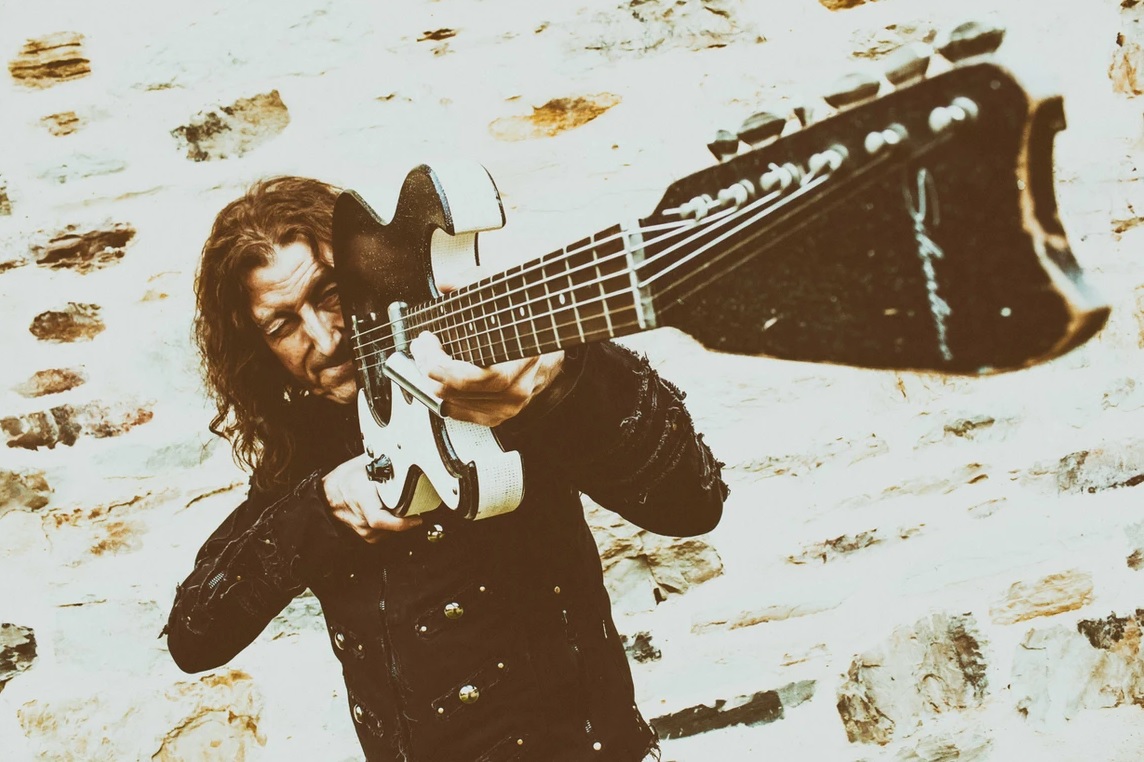
“It’s important to not sound too much like your influences”
Would you like to tell us about the very early days when you migrated from Wales to Adelaide, Australia in the 1960s. How was life there and what made you pick up a guitar?
Gwyn Ashton: In 1968 I stayed at my brother’s house whilst my parents went on holiday to New Zealand. He had a guitar in the living room, sitting on a guitar stand and it mesmerised me. I couldn’t stop asking my mother for a guitar and in 1972 she finally bought one for me. It was an old beater but I loved it and played it every day and night. Those were the days where parents didn’t really want you playing rock music. These days parents support their kids and encourage them to play as they were likely to be musicians themselves from my era. It was much more difficult then.
What kind of records would we find if we went back in time to your teenage room? Did influences change during the years?
We’re talking 1973-78 here. I was, and still am, a Beatles freak and through them I discovered 50s and more 60s music. At that time there was a 50s revival with movies such as That’ll Be The Day, American Graffiti, Happy Days and so on. After a short time I discovered 60s music – The Animals, Yardbirds, Byrds et cetera and went through two decades of popular music in about two years. That’s still my favourite era of 20th century popular music. That led me to discovering the blues, jazz, big band stuff, ragtime and music that the people I was listening to were influenced by. As an artist it’s important to not sound too much like your influences and develop your own voice, plus I like learning where things came from.
In the ’80s you moved to Sydney and became lead guitarist for Stevie Wright (the Easybeats). It must feel quite encouraging to play music with someone that probably influenced you a few years earlier?
Yes, it was great playing with Stevie Wright, especially. In my discovery of 60s music the Easybeats were on top of my list. I loved all that music and to play with Stevie was such an honour.
How did your collaboration with Jim Keays’ come about?
I met Jim Keays when I was asked to play in a soul covers band that Jim was fronting. We immediately hit it off, formed a duo playing some blues and Masters’ Apprentices and some of his solo songs. He eventually asked me to play on two of his solo albums and we caught up when he came to England. He was so great to work with. A true gentleman.
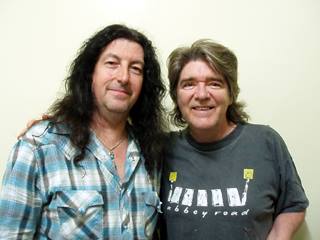
Would you like to share about your early solo albums such as ‘Feel the Heat,’ ‘Beg, Borrow & Steel,’ and ‘Fang It!’?
In 1992 I had a resident Thursday night gig in Melbourne at a place called “Joey’s.” Joe, the owner, took me outside and gave me a blasting for playing covers. I had two weeks to get a set together of original music or I’d be fired. I was mainly playing old 60s songs then and needed that kick up the butt to get my songs together. I had all the ones that ended up on ‘Feel The Heat’ and after receiving a cheque for live performance royalties for a year of playing my own songs, I had just enough money to finance studio costs.
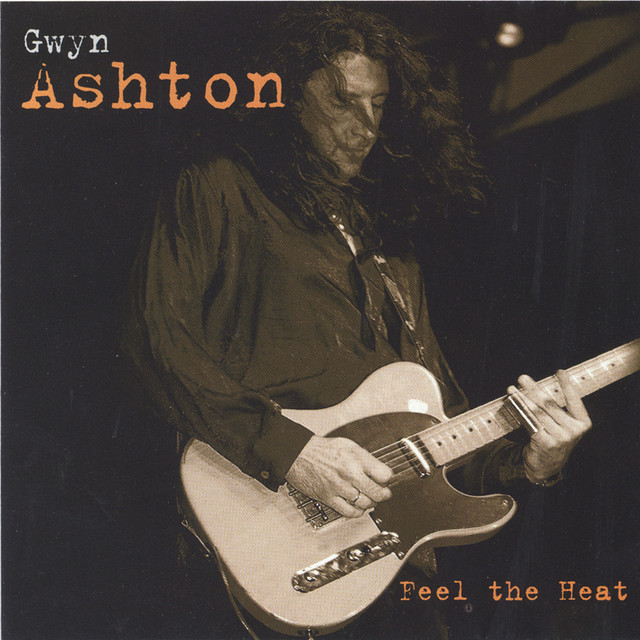
In 1996 I relocated to Europe as my record distributor told me I was selling more exports in Europe than Australia and they told me I should move there. Rose Tattoo guitarist Peter Wells told me to do the same thing so as I was going alone I needed a solo acoustic album to help me get solo gigs over there. I traded a piece of studio equipment for one day’s studio time and that’s how ‘Beg, Borrow & Steel’ was born. I was pretty naive at the time. One day’s studio time is usually eight hours but I took it literally and went in at 10 am and came out at 10 am the next day with the final mix! We recorded and mixed it in 24 hours. I didn’t have much money at the time and was limited with my budget.
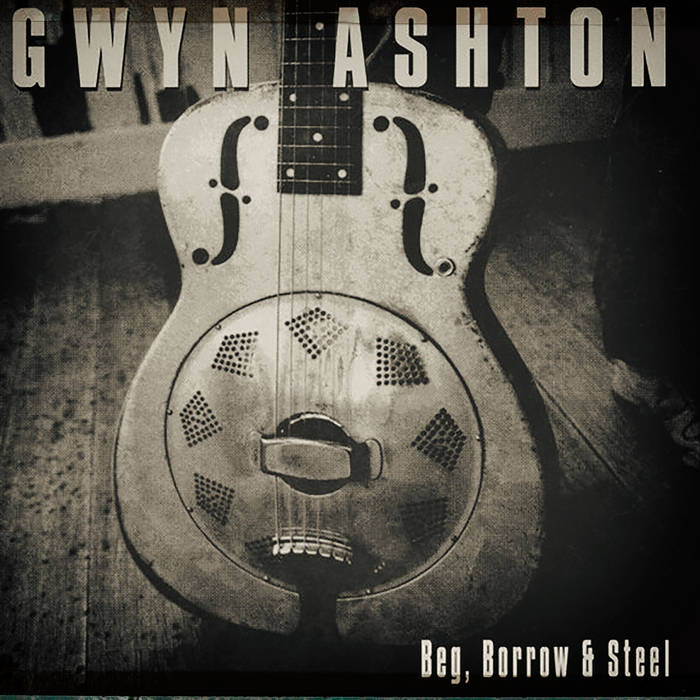
After leaving the studio I visited a friend who had a guitar shop in South Melbourne. He asked me who was going to design the cover and I was so tired I hadn’t thought about it. He just happened to have a friend drop by about 30 minutes later who was a photographer and graphic designer for some major record labels and he offered to help. I told him I didn’t have much money and he said he’d do it REALLY inexpensively so we went out and did the shoot. He just put most of it on some major act’s bill as they wouldn’t notice! This is where the title came from as I had to beg and borrow everyone’s help, including the great musicians who came in to record the tracks with me.
It was a love job for Chris Farmer and Ken Farmer on bass and drums, Anthony Harkin on harmonica and Mick O’Connor on organ and piano. Mick was playing a show up the road and dropped in before and after the gig at about 2 am to play his parts! Those people were so wonderful to help me out.
‘Fang It!’ was recorded in London with Rory Gallagher’s rhythm section consisting of Gerry McAvoy and Brendan O’Neil on bass and drums.

You opened for some of the biggest names, such as Rory Gallagher, Junior Wells and various blues bands from the US when they came to Australia. What are some of the highlights?
Rory Gallagher had been my go-to reference for guitar playing so when I found out he was coming to town I tracked down the promoter and scored the opening slot for him. It was a gas. I got to play his legendary Stratocaster in the soundcheck and to share the stage with him was a dream come true.
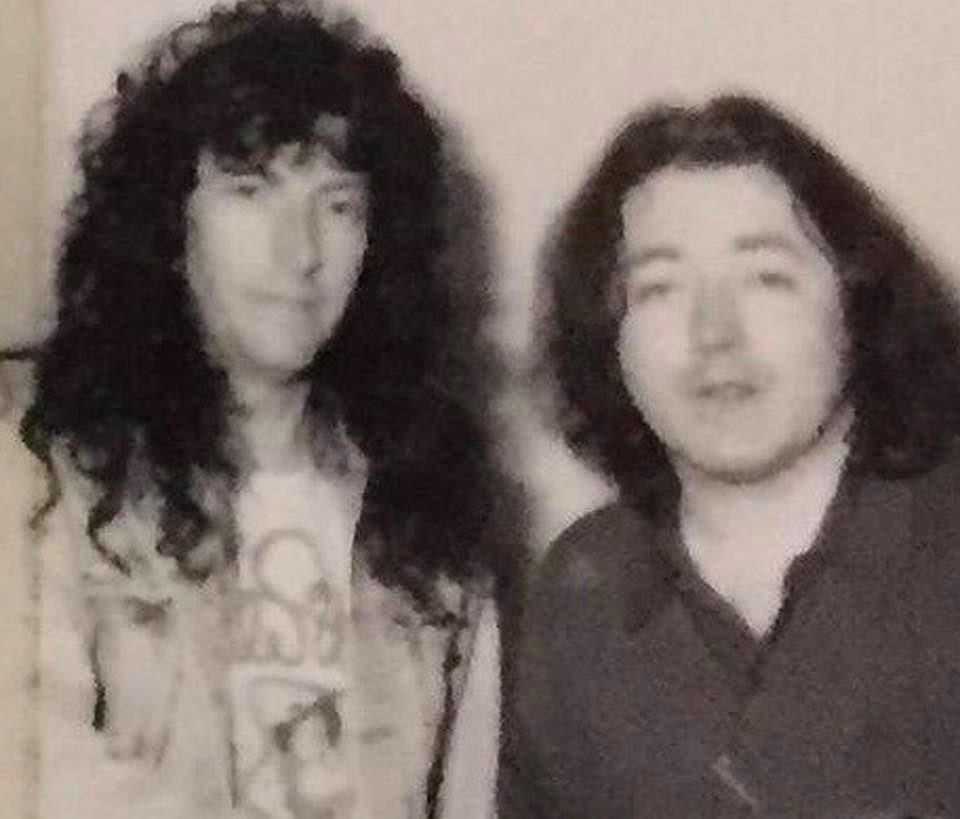
What’s the story behind Billy Thorpe encouraging you to jam with Mick Fleetwood?
I was playing a dive bar in Adelaide when The Zoo were in town. We had the graveyard shift, the midnight to dawn slot, when the guys wandered in for a drink around 1am after their show. We’d just done a pretty kickass power trio show and we were on fire that night. After our set Billy grabbed me and asked if Mick could sit in and play. He was pretty serious about it. We jammed for about an hour into the wee hours and lots of praises and compliments were thrown my way about my guitar playing, sound et cetera. Becka Bramlett was also in the band and she got up and sang with us.
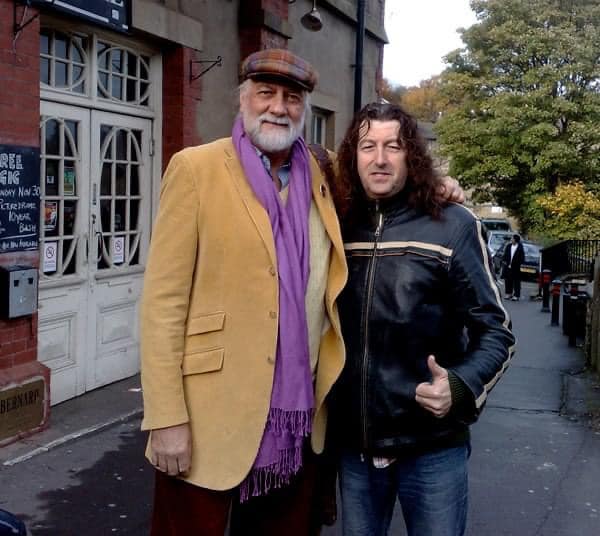
Mick Fleetwood invited me to their gig the following night and I went along. They were asking me to get my passport together, that I was being considered for playing with Mick in “another project that we can’t talk about.” It was really exciting and it really gave me such a morale boost.
What are some of the most important players that influenced your own style and what in particular did they employ in their playing that you liked?
Obviously Rory Gallagher, but also Muddy Waters, Buddy Guy, early Fleetwood Mac with Peter Green, British and American 60s pop stuff. It was all mixed up.
I loved the Chicago bluesmen. The rawness and grease of that stuff most white blues bands don’t quite get. It’s a struggle getting that stuff to sound authentic when you haven’t had the upbringing and hardships that they endured to create it. It’s a sociological thing, I guess. Going to Texas was an eye opener. It’s in the water supply!
You have a brand new album out, what’s the story behind ‘mojosoul?’
I’ve always been a solo artist, along with different incarnations of bands that I’ve had, but I feel I can find my own true voice alone. During the pandemic I added a snare drum and hi hats to my solo bass drum that I’d been kicking for the past 10 years and it added a new dimension to my sound. My ‘Solo Elektro’ album was just a kick drum, so it’s the natural progression for me. I like to experiment and try to do things most other people don’t. Try to stick out from the crown type of thing.
I’d written some new songs so I thought I’d add it all into the mix, get the whole foot percussion setup on an album. I’m really happy with the way it came out and will expand on that on this road of creating music.
Do you feel your music reflects the current world situation?
Some of it does but you have to be careful of being too political. I see so many derogatory online comments about a lot of great musicians who have an opinion and dare to express themselves. We can all see a lot of changes going on in the world today and a lot of them aren’t for the better. But art is about self-expression so I don’t see why I always have to censor myself. “To make an omelette you have break a few eggs,” they say!
“I think we don’t really write songs as much as channel energy that we get from somewhere”
Can you share some further words about the recording and producing process?
When I write a song I can usually hear the finished product in my head before I even record it so I try to get as close to that as I can. Then again, sometimes when I start recording the songs can go a different way.
I think we don’t really write songs as much as channel energy that we get from somewhere as I can sit down and write a lyric and all these words will just flow out. You have to try to not be cliche with lyrics and try to find a different way to say something. That’s important, but now and again I’ve written a lyric and thought “where did I get this from?” They can be words or phrases I’ve never used before. It’s a mystery when you’re in the zone and ideas just come out of nowhere.
I record myself and send it out to get mixed and mastered. That way I have artistic control over how I get the tracks down. Sometimes I need another set of ears to listen to see if I’m going the right way, though.
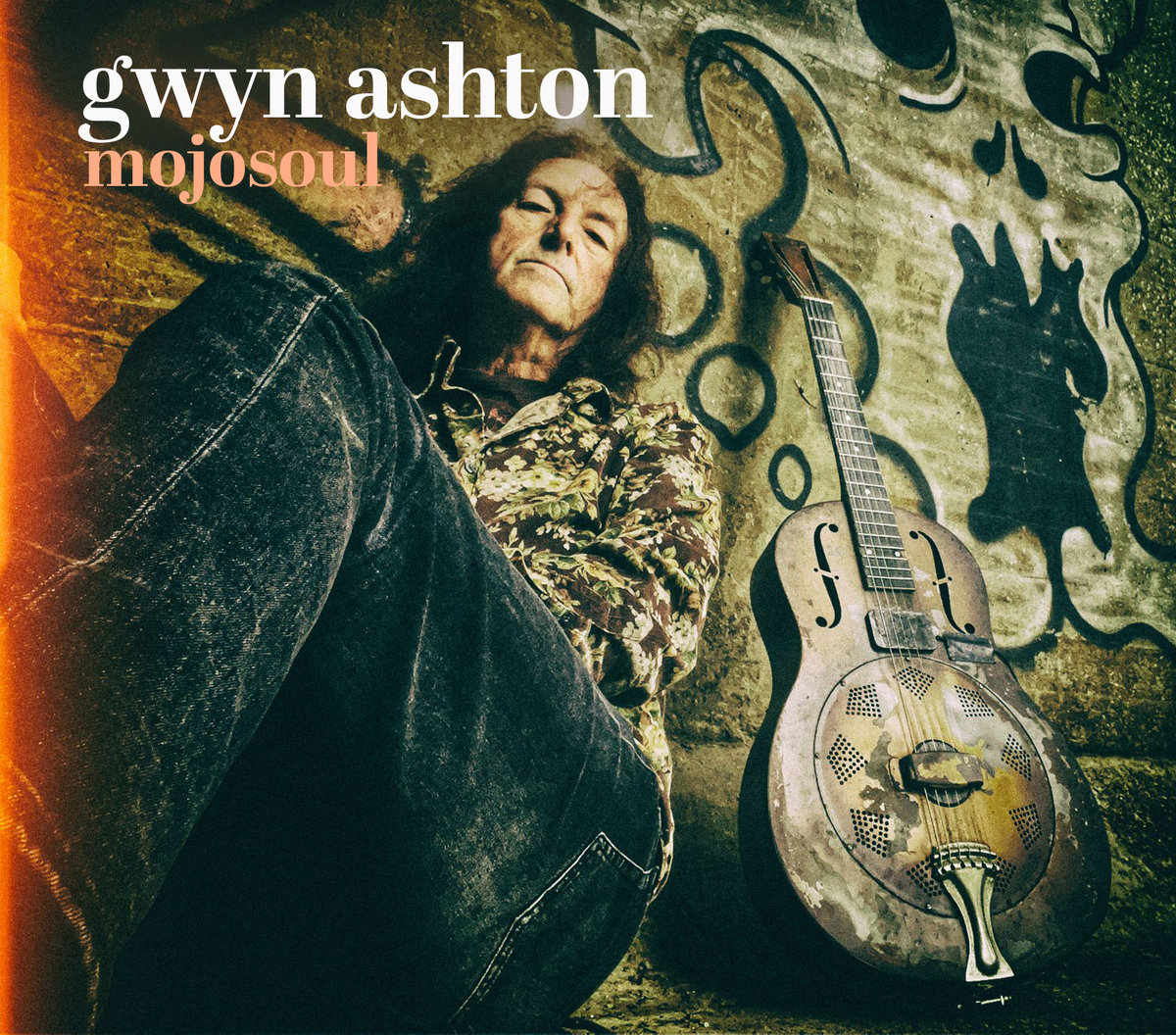
Would you share your insight on the albums’ tracks?
The opening track ‘By Your Side’ was just an acoustic 12-bar blues thing that I’ve been messing with. I didn’t feel that it was much of a song, rather a standard progression and didn’t think much of it. I was watching some Son House and thought I’d give it that gospel vibe with the acapella verse, handclaps, all that stuff and strapped on my old Harmony electric guitar and made a swamp fuzz guitar track with it and it just all came to life.
‘Vanish Into Thin Air’ – I’d just bought a parlour 12-string acoustic guitar and that was the first thing I played on it. It came out of nowhere. I thought the riff was cool and I thought I must have heard it before but it looks like I owned it!
The opening lyric line was inspired by The Yardbirds version of ‘I Wish You Would’. I changed the last word to “dawn” from “day.” (Early in the morning round the break of dawn). The rest of the song is about someone waking up and their girl had gone without leaving a note. Just disappeared. Standard subject but I think I got some interesting lyrics into it. I like to think so, anyway.
‘No More’ – It’s half about sensationalism and lies from various media sources and stopping war. We never get told the WHOLE truth, do we? We’re pawns in their chess game. Mere peasants.
‘Take Your Medication’ is about us being sedated. Lyrics by Garry Allen.
‘Allergic To Love’ – At the end of a relationship we all wear our “girl repellant” cologne.
‘Yesterday’s Me (Cool, Cool Water)’ is a song I wrote after being Mick Taylor’s guitar technician at a charity gig in London celebrating Jack Bruce’s life and contribution to music. I wanted to get a vibe that captured Ry Cooder jamming with the Stones in 1975. Not sure if I got there but I’m happy with it. Again, Garry Allen wrote the lyrics.
‘The Blues Should Take A Holiday’ is another way to say you want to shake the blues off, without saying it as EVERYONE has written songs that say that!
‘The Ballad of Gwyn Ashton’ is my life story. Simple as that. From being born on the road, that’s how I’ve mostly lived – on the road! From Wales to Australia and back to the UK then back to Australia!
‘12.000 Miles From Home’ is about coming to tour Australia and driving through all the weather conditions of 2019. Bushfires, tropical storms finally COVID. All done via John Lee Hooker!
‘The Perfect Day to Sing The Blues’ is about depression and handling it. We’ve all been there.
It’s quite a different album in comparison to your previous, ‘Sonic Blues Preachers.’ How was it to work with John Freeman?
It’s a totally different record, production and project. John Freeman is a great drummer.
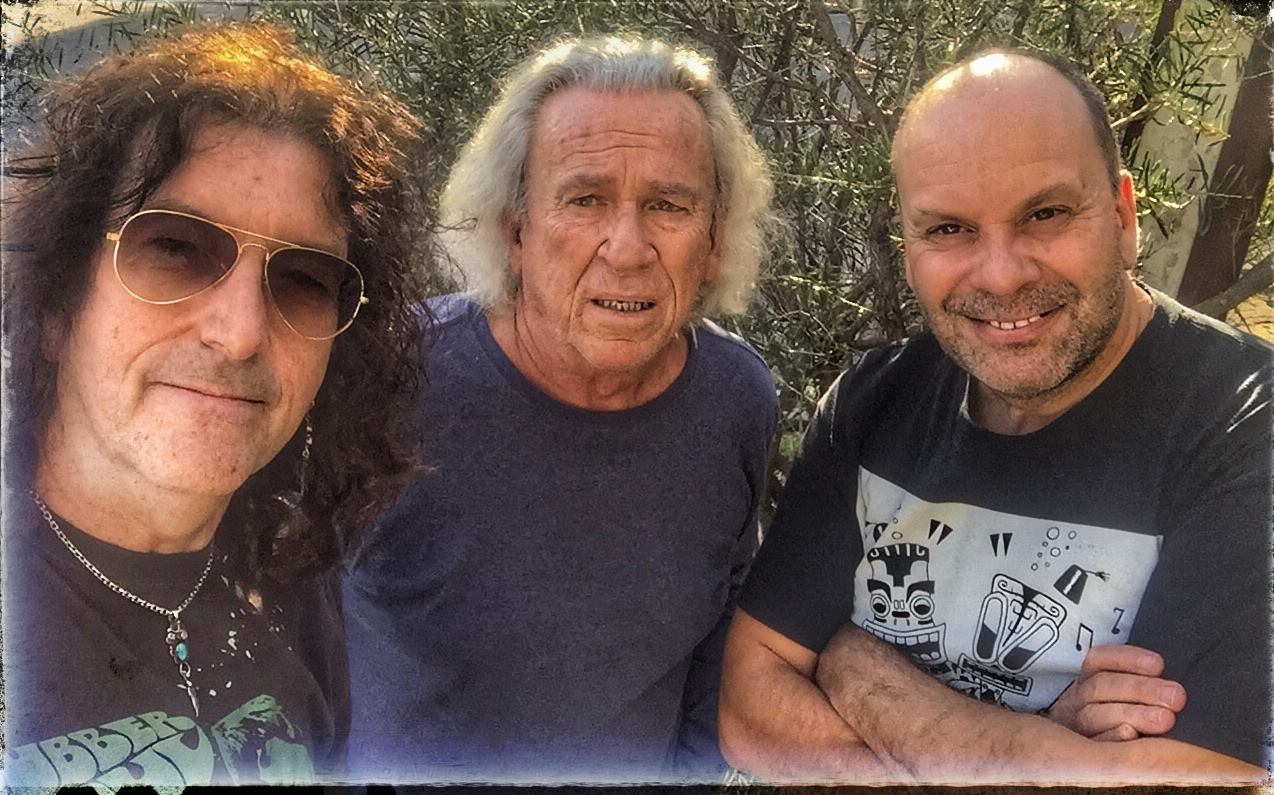
Garry and I wrote that album and decided that John was the only drummer we wanted on it so we drove from Melbourne to Adelaide to record it in John’s garage after coercing him into it!
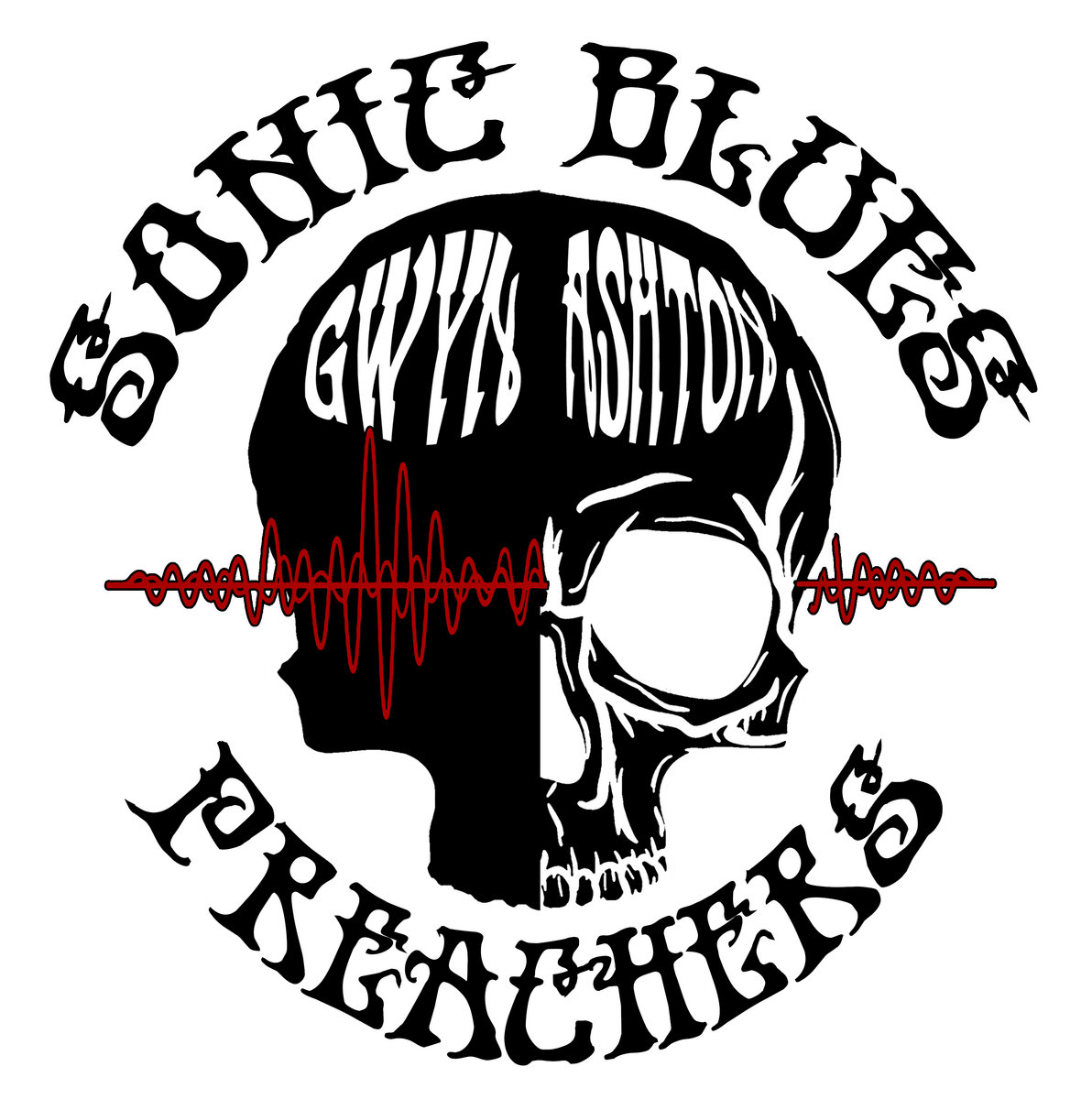
‘mojosoul’ has a very intimate side to it, was this done intentionally or you only realized it will be partly autobiographical when you finished writing lyrics?
I think ‘12,000 Miles From Home’ was the first song to consider as I wrote it after getting back to my base in Adelaide after a tour. Covid just hit, lockdown and flight home cancelled so I wrote that. It’s real. I wanted some “real” songs on this album as it was mostly to celebrate 50 years of playing guitar.
It would be impossible to discuss everything you did, but let me mention one of my favourite records of yours, ‘Solo Elektro.’ Tell us more about it.
I was doing my first tour as a one-man band and needed an album of that material. I wanted it to be completely honest so I recorded it totally live, playing everything at the same time. Guitar, vocals, octave pedal with my thumb and kick drum. There are no vocal harmonies. It started in a hotel room in the Czech Republic that someone let me use for a week and I finished it in England in another room. Garry Allen and I wrote the songs together. I wanted this to be a bit 60s psychedelic, garage rock and nasty. Inspired by Abbey Road, Black Sabbath, Beatles, Albert King and Green Manalishi.
What about ‘Prohibition,’ ‘Two Man Blues Army,’ ‘Radiogram,’ and ‘Ragas Jugs and Mojo Hands?’
‘Prohibition’ was recorded in Scotland. I had Chris Glen and Ted McKenna as rhythm section and Don Airey on organ and piano on two tracks. It was a fun record to make.
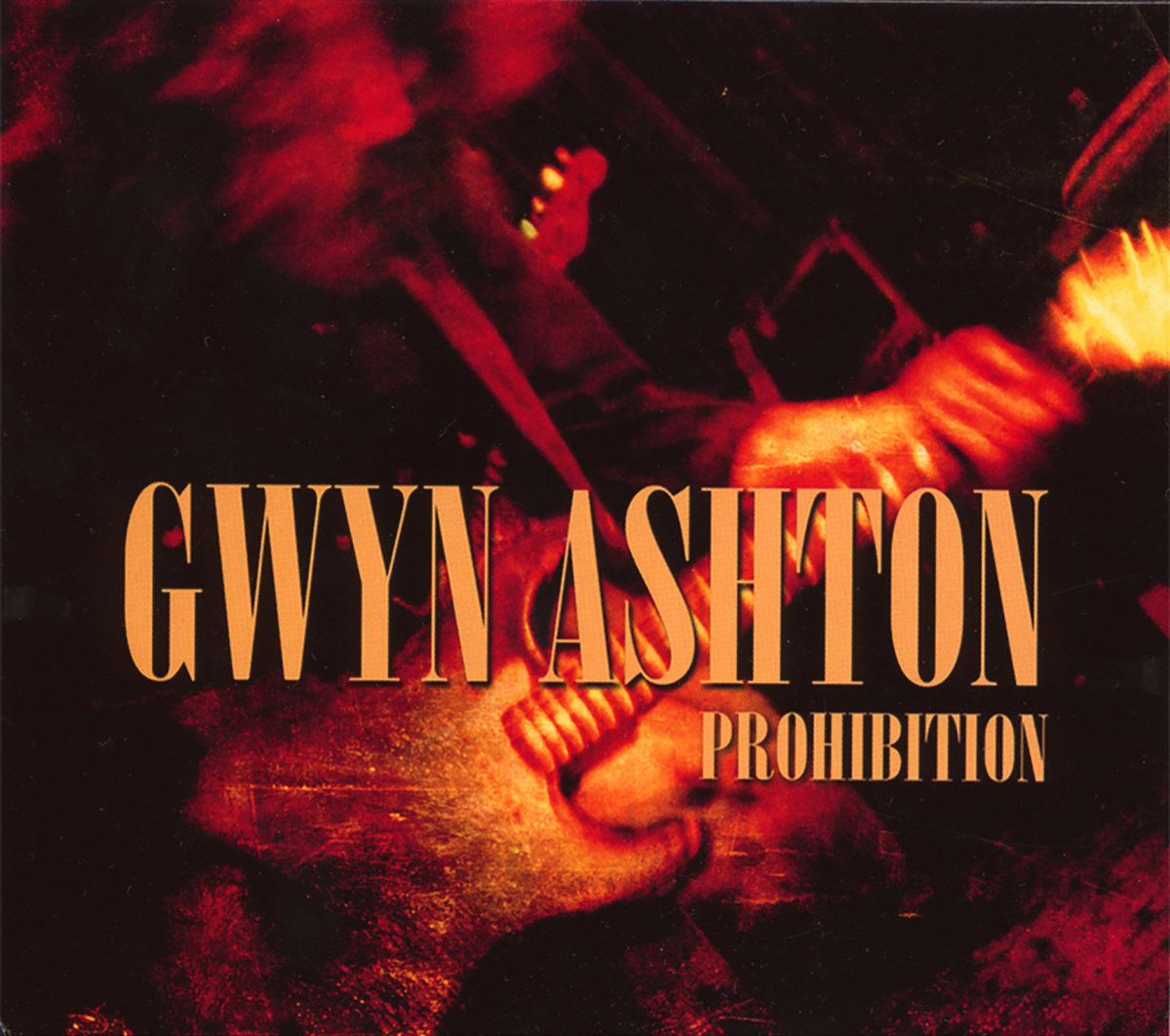
‘Two-Man Blues Army’ was recorded in my drummer’s (Dave Small) parents’ Kidderminster office. Robert Plant had been to see us play live and said we were better than the Black Keys, which is a real statement so it spurred us on to recording an album. This is the first recording I did on my computer. I taught myself how to mix and it took MONTHS of mistakes, taking it into studios and not being happy with the results. Nobody could get it how I heard it so I did it myself.

‘Radiogram’ was recorded on my gear again, this time in Oxfordshire. It was originally going to be another duo album but I ended up playing bass on it and thought, well it’s a trio album now. Might as well have more guests on it so I got some of Robert Plant’s Honeydrippers to play on it as we’d been playing some shows together, anyway. Then I was in LA and got Kim Wilson (Fabulous Thunderbirds) to play on it, Don Airey sent over another organ track and Johnny Mastro blew harp on a song. I had it mixed in LA and mastered in Australia.
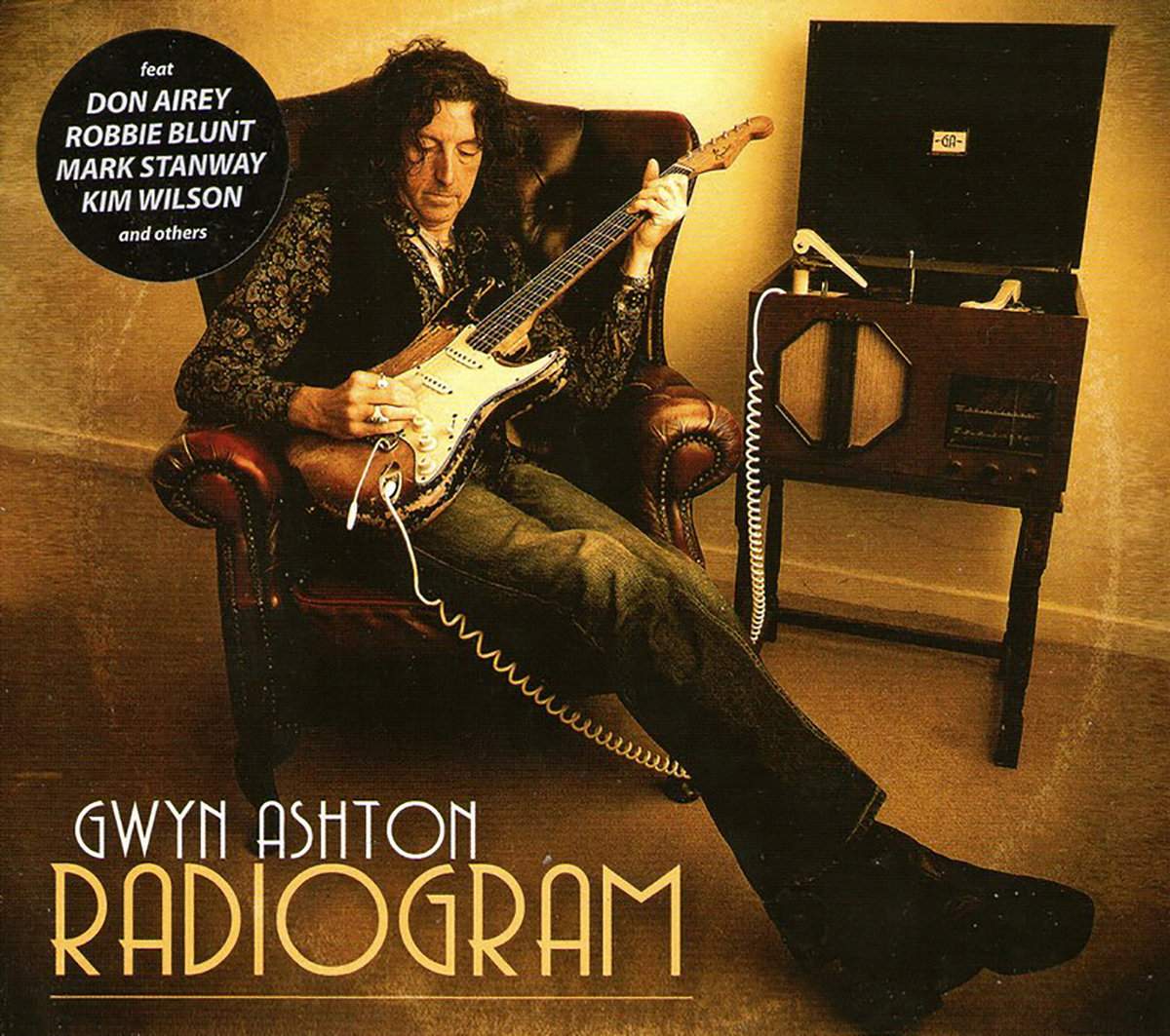
‘Ragas, Jugs & Mojo Hands’ is an Australian release with Chris Finnen, Peter Beulke and myself. We recorded it in Chris’s living room. It’s an acoustic album blending world and blues music together.
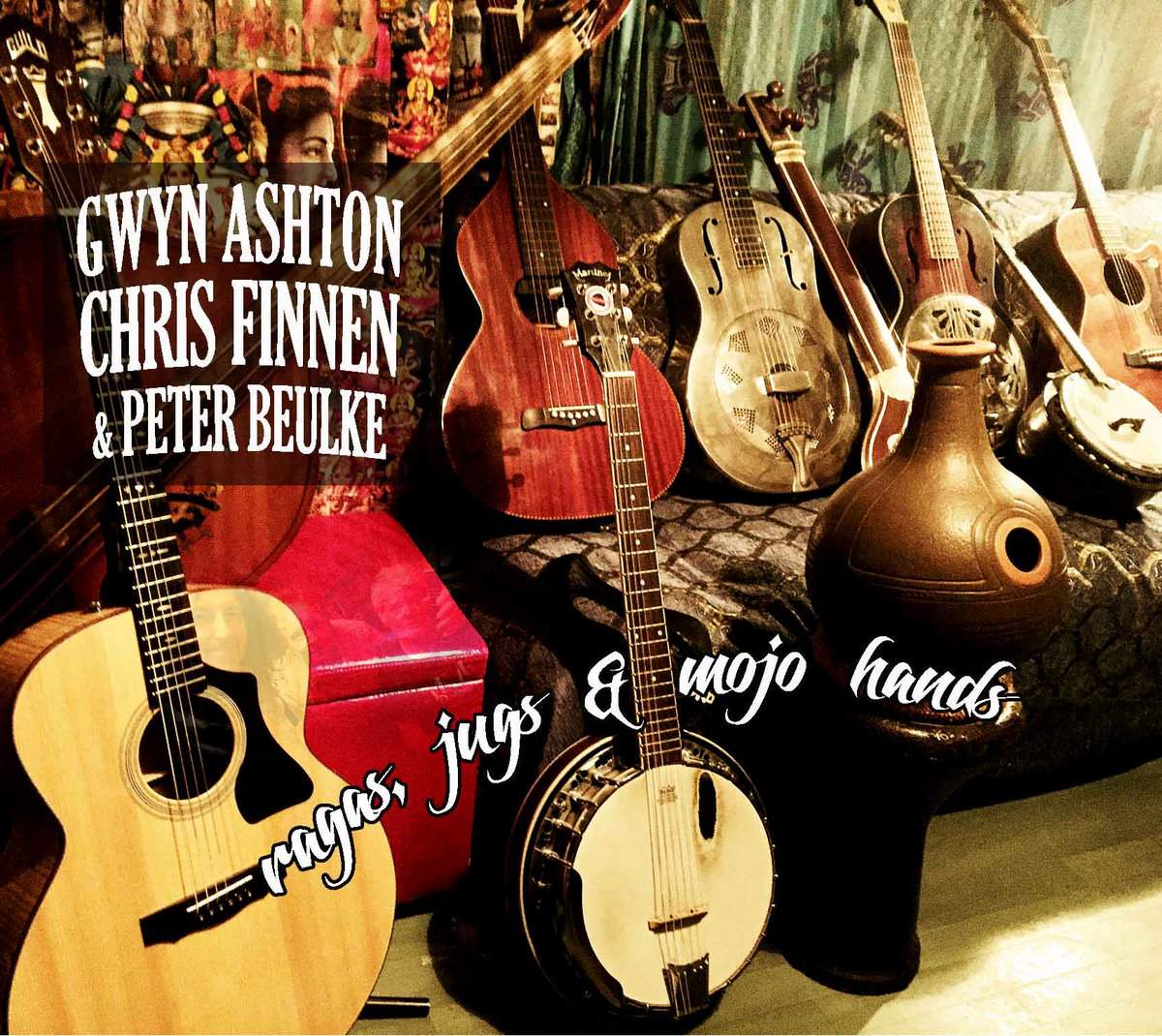
I think a lot of us would love to hear about the guitars, effects, pedals et cetera you are using…
Every album is different.
‘Fang It!’ – 1963 Strat, 1973 Tele, 1952 reissue Tele, 1968 Gibson Firebird, Martin D35, 1936 National Duolian, Klon Centaur and Fender Tweed Twins.
‘Prohibition’ – 1963 Strat, Chandler Austin Special, Firebirds, Gibson Les Paul Jnr, Martin D35, 1936 National Duolian, Diaz Texas Ranger and 1978 Maestro Echoplex, Fender Tweed Twins.
‘Two-Man Blues Army’ – 1963 Fender Strat, 1952 reissue Tele, Johnson resonator, Marshall Guvnor, Diaz Texas Square Face Fuzz, Echoplex.
‘Radiogram’ – 1963 Strat, Tele, Marshall Bluesbreaker pedal and Tweed Twin.
‘Solo Elektro’ and ‘Sonic Blues Preachers’ – Catalinbread Formula 5F6 and Fender Excelsior Pro.
‘Ragas, Jugs & Mojo Hands’ – Weissenborn, 1932 National Style O.
‘mojosoul’ – Martin D28, 1930 National Triolian, Gretsch Rancher 12, Kasuga 12-string, Sigma 12-string.
Would you like to comment on your guitar technique? Give us some insights on developing your guitar technique.
As I play acoustic and electric guitars and bass with my thumb I developed an unorthodox pedalboard where I split the signal in two places and use a thumbtack, fingerpicks and sometimes bare fingers.
What’s next for you?
During lockdown I recorded another nine albums of material with some big names in the Australian music industry. I’ve also got a couple more acoustic albums and live albums in the “box.” I plan to mix them all and get them out over the next few years.
Let’s end this interview with some of your favourite albums. Have you found something new lately you would like to recommend to our readers?
Some of my fav old albums are Bluesbreakers, ‘Revolver,’ Muddy Waters live, Tom Petty, there’s so much good music out there. I like Blackberry Smoke, Jack White, Black Keys, Gary Clark Jr. – all the usual suspects. Kirk Fletcher, Johnny Main and Junior Watson, Kid Ramos all carve it up. There’s no lack of great music out there now. Keep searching underground.
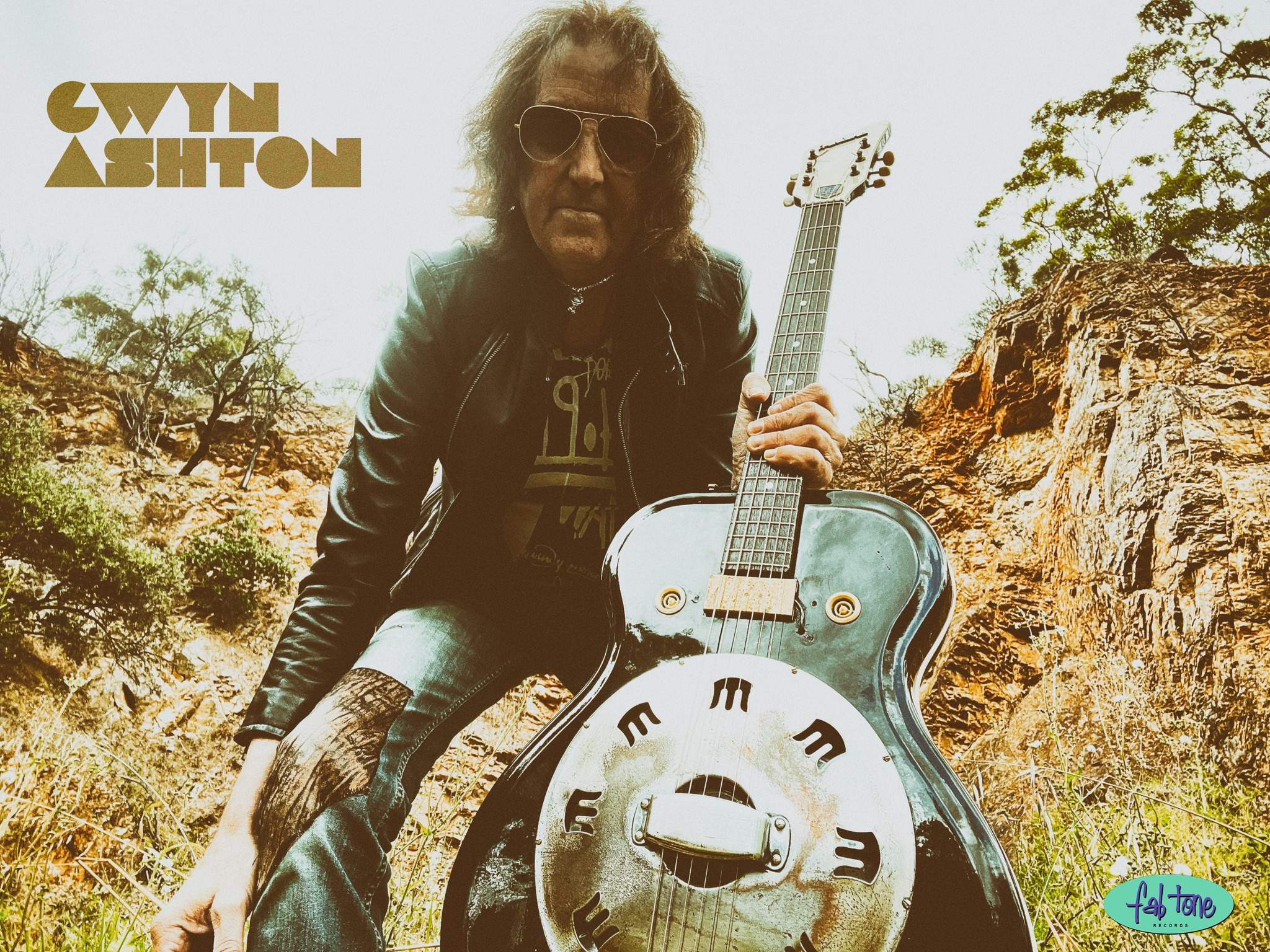
Thank you for taking your time. Last word is yours.
I just want to keep making good music and come out on the road and play to everyone. The world is an amazing place to explore and I’m a nomad. I know the world is streaming audio now rather than buying music but when you have to stream a song 3000 times to make the same money as buying ONE CD it’s not so good. If you like an artist, no matter who it is, please buy their music so that they can afford to make new music to share with you.
Klemen Breznikar
Gwyn Ashton Official Website / Facebook / Instagram / Twitter / Bandcamp / YouTube

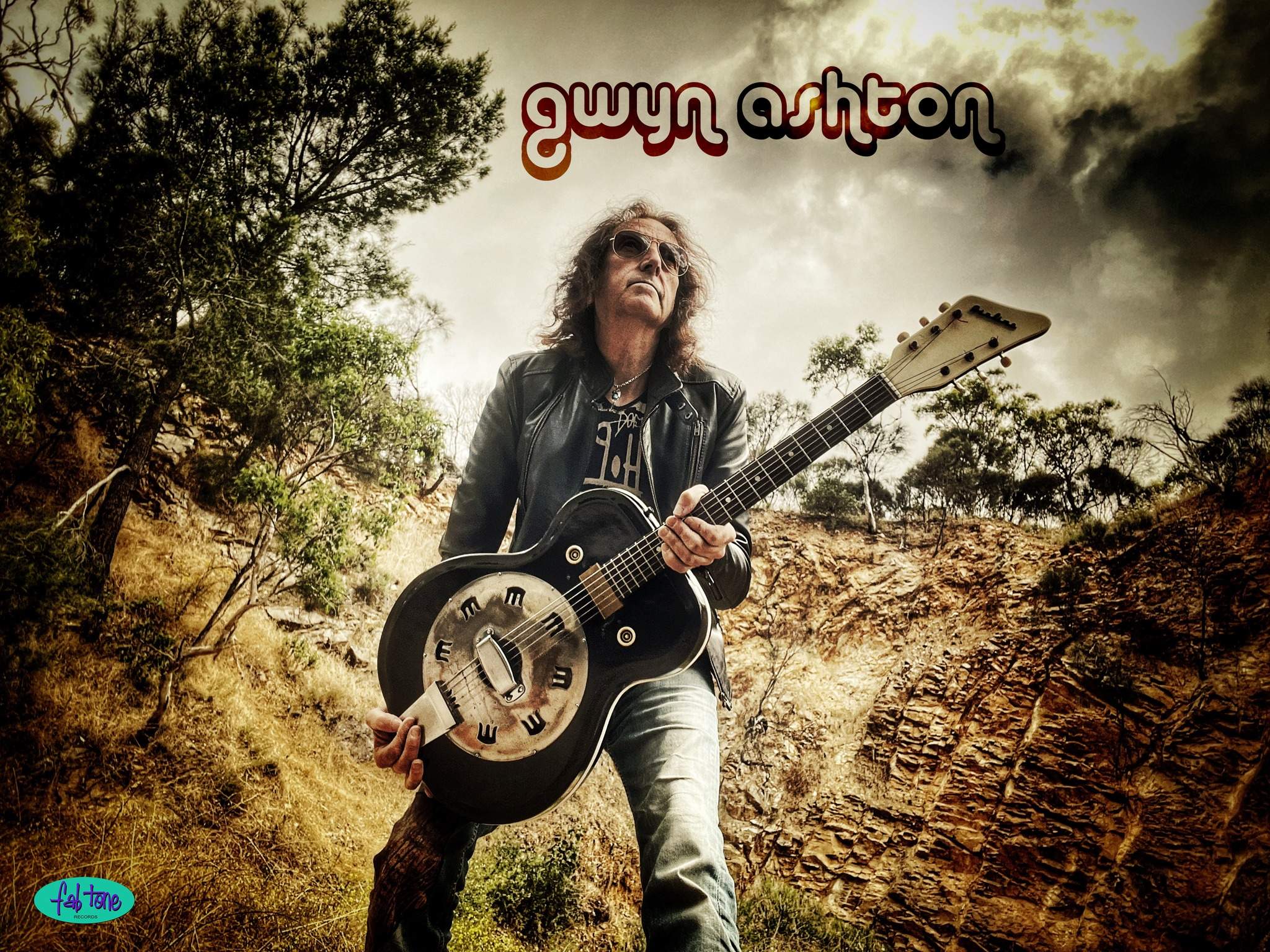



Thank you Klemen
Great interview!! ..seeing Gwyn again at The Stag and Hunter Hotel Mayfield NSW Australia this Friday. Was a hoot last Sunday with Gwyn at The Wicko Hotel Newcastle NSW Australia. Nice guy!!